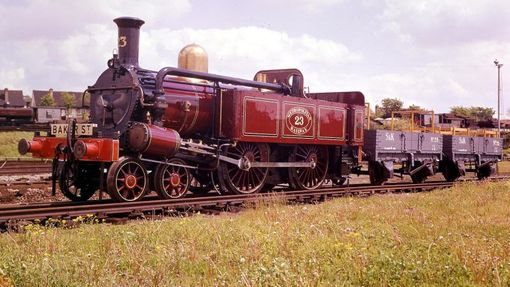
The world's first Underground
Introduction to the gallery
The railways made it easier to get to London, but also contributed to the growing congestion on the streets.
In 1860, work began on the first attempt to solve the problem: the world’s first underground railway. The Metropolitan Railway was designed to link three of London’s main line termini with the City.
The track was laid mostly in a shallow cutting excavated along the street, which was then roofed over. This method was known as cut-and-cover construction.
The first section of the Metropolitan opened from Paddington to Farringdon on 10 January 1863. A second underground line, the District, began operating five years later. The original plan was for the two companies to co-operate, but they fell out and did not complete the Inner Circle linking all the main line termini until 1884.
The early underground was a huge engineering achievement and very well used, but had one big disadvantage: its steam locomotives created a permanent fug in the stations and tunnels. The only surviving steam engine from the 1860s, Metropolitan number 23, is on display in the Museum.
Must-see objects
Read more...
The world’s first underground railway opened in London in 1863, as a way of reducing street congestion. Here is a very short history of the Underground.
London’s population was about 1.7 million when Queen Victoria was crowned in 1837. Mainline railways in the 1840s and 1850s brought even more people into the Capital. Traffic congestion was reaching crisis point and radical solutions were needed. Read more about public transport in Victorian London – underground
The Metropolitan line is the oldest underground railway in the world. The Metropolitan Railway opened in January 1863 and was an immediate success, though its construction took nearly two years and caused huge disruption in the streets. Read more about the Metropolitan line.
More from the Museum guide
Discover what transport was like in London in the 1800s, from riverboats, the first omnibus, trams and early railways.
London’s population grew rapidly in the 19th century as the railways and the underground began to expand out, reaching villages like Brixton, and further out into new 'Metro-land', creating the first suburbs.
Construction on early underground lines was expensive and chaotic. Explore how the Greathead shield made digging deep tunnels much easier and helped build the world's first electric railway.










